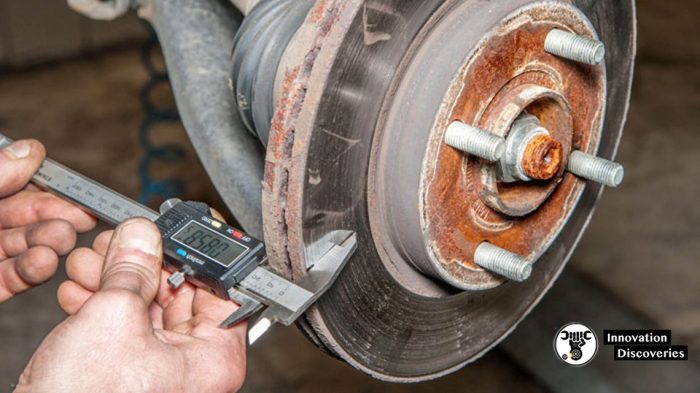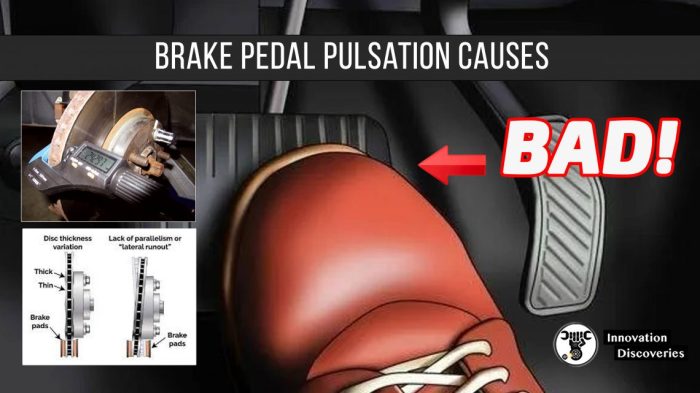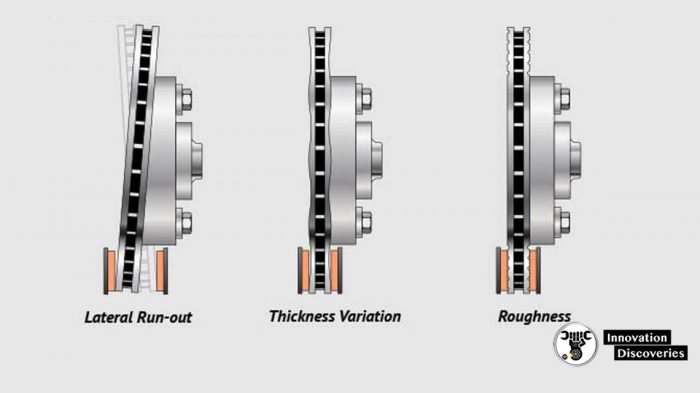The direct cause of brake pedal pulsation is a topic that has perplexed drivers and mechanics alike. This enigmatic phenomenon can manifest in various forms, ranging from subtle vibrations to severe shuddering, leaving drivers baffled and concerned about the safety of their vehicles.
In this comprehensive guide, we delve into the underlying causes of brake pedal pulsation, exploring the contributing factors and providing expert insights into diagnosis and repair.
Brake pedal pulsation is often a telltale sign of underlying issues within the braking system. Warped rotors, worn brake pads, and suspension problems are among the most common culprits. Understanding the direct cause of brake pedal pulsation is crucial for ensuring optimal braking performance and maintaining the safety of your vehicle.
Common Causes of Brake Pedal Pulsation

Brake pedal pulsation is a common issue that can be caused by a variety of factors. The most direct causes include warped rotors or worn brake pads. Warped rotors can occur due to excessive heat buildup or uneven wear, while worn brake pads can cause pulsation as they make contact with the rotor.
Contributing factors that can exacerbate pulsation include uneven tire wear or suspension issues. Uneven tire wear can cause the vehicle to pull to one side while braking, which can put uneven pressure on the brake pads and rotors. Suspension issues, such as worn or loose components, can also lead to pulsation by causing the brake system to operate improperly.
Pulsation can manifest in different driving scenarios. For example, it may be more noticeable during hard braking or when the vehicle is traveling at high speeds. It can also be more pronounced when the vehicle is turning or going over bumps.
Diagnosing Brake Pedal Pulsation

Diagnosing brake pedal pulsation involves a combination of visual inspections, test drives, and specialized equipment. Visual inspections can reveal signs of warped rotors, such as uneven wear or discoloration. Test drives can help to identify pulsation and determine its severity.
Specialized equipment, such as a brake lathe or dial indicator, can be used to measure the thickness and flatness of the rotors. This equipment can also be used to resurface rotors, which can eliminate pulsation caused by uneven wear.
To troubleshoot brake pedal pulsation, it is important to start with a visual inspection of the brake system. This should include checking the brake pads, rotors, and suspension components for any signs of wear or damage. If any issues are found, they should be addressed before proceeding with further diagnosis.
Repairing Brake Pedal Pulsation
The repair options for brake pedal pulsation depend on the underlying cause. If the pulsation is caused by warped rotors, the rotors can be resurfaced or replaced. If the pulsation is caused by worn brake pads, the pads should be replaced.
In some cases, pulsation can be caused by suspension issues. These issues may require the replacement of worn or loose components, such as ball joints, tie rods, or control arms.
Resurfacing rotors is a relatively simple and inexpensive repair that can be performed by a mechanic. Replacing brake pads is also a relatively simple repair, but it is important to ensure that the pads are compatible with the vehicle’s brake system.
Repairing suspension issues can be more complex and expensive, depending on the extent of the damage. It is important to have suspension issues diagnosed and repaired by a qualified mechanic.
Preventing Brake Pedal Pulsation: The Direct Cause Of Brake Pedal Pulsation Is

There are a few things that can be done to prevent brake pedal pulsation. Regular brake maintenance and inspections are essential. This includes checking the brake pads, rotors, and suspension components for any signs of wear or damage.
It is also important to avoid hard braking and sudden stops. This can put excessive heat on the rotors and lead to warping. When braking, it is best to apply gentle and gradual pressure.
Driving habits and environmental factors can also play a role in preventing brake pedal pulsation. For example, driving in mountainous areas or in stop-and-go traffic can put extra stress on the brake system. It is important to be aware of these factors and to adjust driving habits accordingly.
FAQ Corner
What are the most common causes of brake pedal pulsation?
Warped rotors, worn brake pads, and suspension problems are the most prevalent causes of brake pedal pulsation.
How can I diagnose the direct cause of brake pedal pulsation?
Visual inspections, test drives, and specialized equipment can be used to pinpoint the underlying cause of brake pedal pulsation.
What are the repair options for brake pedal pulsation?
Repair options include resurfacing rotors, replacing brake pads, or repairing suspension components.
How can I prevent brake pedal pulsation in the future?
Regular brake maintenance, conscientious driving habits, and attention to environmental factors can help prevent the recurrence of brake pedal pulsation.